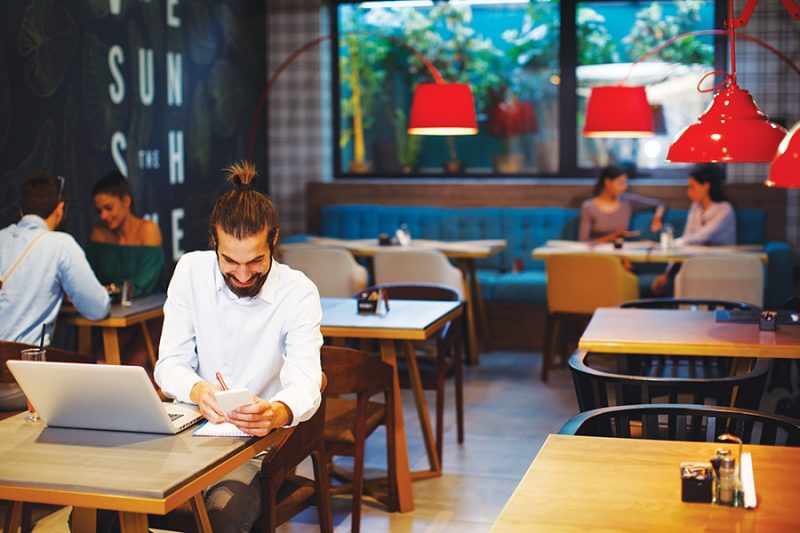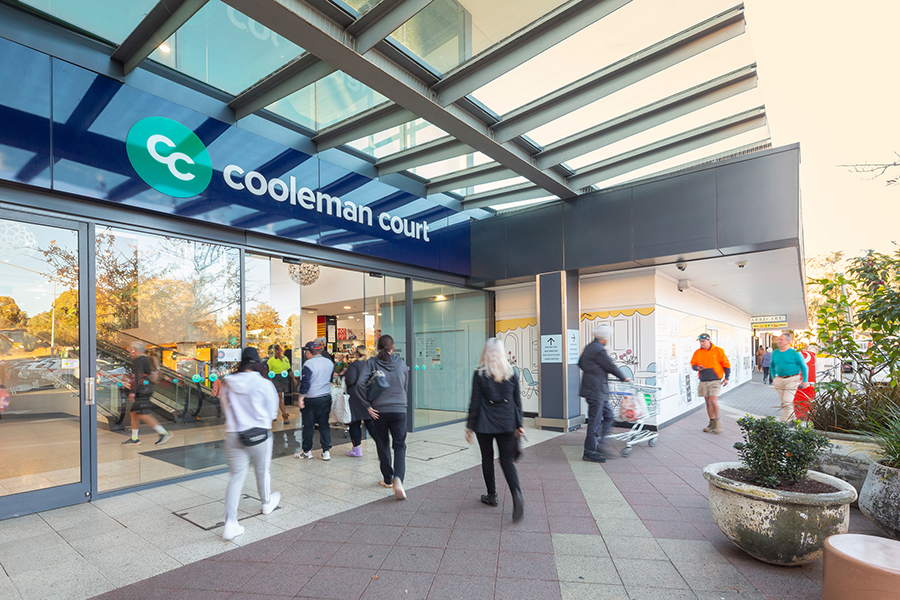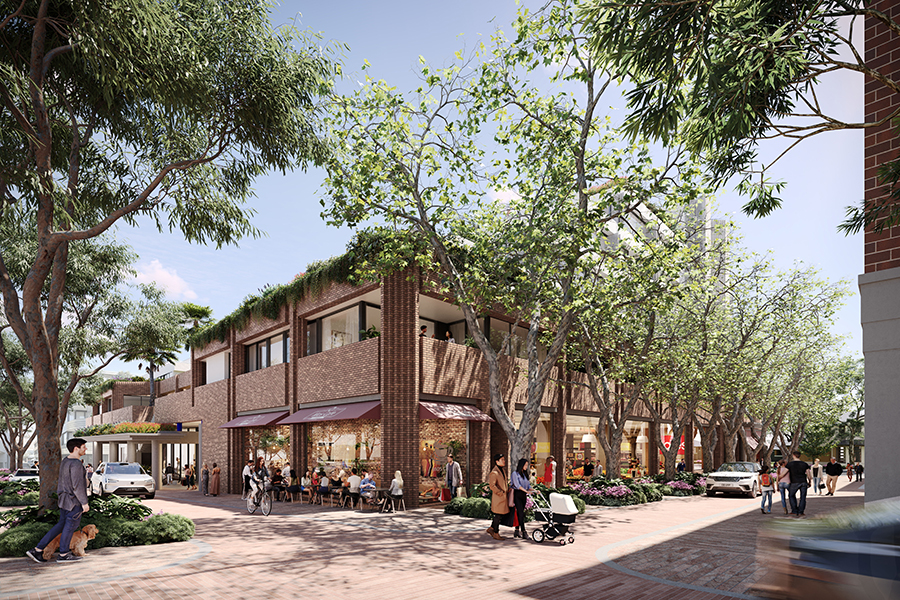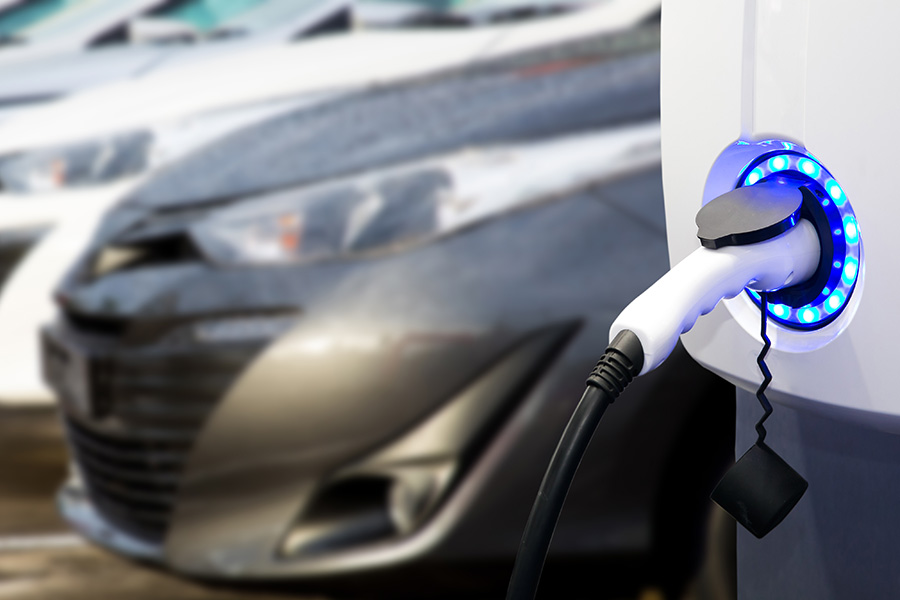A fairly common response these days when booking a table at a successful restaurant is “We can take a 6.30pm booking but we’ll need the table back by 8.15pm”. This practice doesn’t extend to cafés but often they (especially the more successful ones) need faster table turnarounds. So what about the patron who comes in just before peak time, orders one coffee, opens the laptop and settles in for the next hour-and-a-half?
I was recently at a café with a friend having a coffee and food. The café we were in was very busy with a booming takeaway business and about 50 pax table and chairs. Out in my local regional centre what struck me most were the number of people clearly working from the café. In this new gig economy, flexi work, work from home, work from nowhere mentality, the café is the new office/study venue. But what does that mean for the café owner and the shopping centre in which it resides?
In counting the tables occupied by open laptops and busy bees around 10% of the café was occupied by individuals at a table for two. With the worker occupying one seat and their bag the other, the laptop and phone were lovingly placed on the table between the two.

Hands of freelancer using application on smartphone when working in cafe
My friend and I ordered coffees and food and sat for about one hour catching up, the service was terrific and the food excellent, but I noticed the waitress increasingly agitated by our sole neighbour with his sole coffee, and a line at the door. He was seated before our arrival and as we paid our $50 bill for our one-hour lunch, the waitress asked our neighbour if he had finished and if he would like anything else. Without looking up, “yes, I’ll have another coffee” came the reply. The waitress huffed and retreated to the cash register and the worker settled into another hour of tapping his keyboard.
The price the worker paid for this two hour working space was $10.
Apply a similar rate to his four other friends on sole tables dotted around the café and that is a total of $50 compared to the opportunity cost of $250 the café might otherwise have earnt from parties like my own. Apply that to 350 days of operation and the café could be out $70,000 for the year.
This got me to thinking, should cafés start to charge tableage?
Corkage has been around for years in cafes and restaurants and defined by the dictionary as “a charge made by an eating establishment for serving wine that has been brought in by a customer”. This corkage covers the loss to the restaurant of selling their own wine and also the labour cost for serving the wine and washing the associated glassware.
So as corporate companies send their staff out to the suburbs to reduce pressure on their hot desk ratios and small businesses set meeting venues at the local café and students escape their parents to study (or use Tinder) at the local food court, is it fair the café or food court occupant bear all the costs for potentially lost business with workers and students rather than genuine café users taking up their hard earned space?
How would tableage work? Well it might be that education of the patrons starts to include information on the menu. For example during peak time 11am-2pm a minimum order of $x applies or tableage of $10 applies for hourly use of the table.
Alternatively, patrons may be advised that whilst the café encourages the use of its premises for work and study, in order for the café to operate profitably people using the café as such will be required to order a minimum of $x during their stay.
It is interesting to note that some cafés have started to discourage or even ban the use of laptops and phones on their premises as a way for the café to be more social, but really this is probably a thinly veiled attempt to disincentivise workers from setting up camp on their grounds.
In contrast some cafés are actively encouraging people to work from their premises especially when it is a slow time so they “look busy”. Signs are now appearing encouraging usage and offering free Wi-Fi.
But today in shopping centres it’s not just the cafés where this is an issue, it is also the food courts and common spaces. Shopping centres have installed Wi-Fi as a hygiene factor to attract and retain customers – but what has been the result? In some food courts with nearby student populations, food courts look like car parks with students locked in to group assignments and study sessions for hours, occupying valuable seating space. In this situation, where food court seat turnover slows should time limits on Wi-Fi access be put in place and the environment be more retail focused creating greater car parking turnover and greater turnover of food court tables?

Young man taking notes from a laptop in cafe
On the other hand there is an argument, in order to attract and retain customers in this slower retail time, for creating modern facilities that make people stay longer and work – think better Wi-Fi, quicker speeds, docking and charging stations, co-working areas, printing facilities at concierge.
As the largest supplier of Wi-Fi to the shopping centre industry, Ian Robinson, Sales Director at Skyfii says “Guest Wi-Fi can be a really effective channel for building relationships with customers. For example, one of the major retail property groups we work with was able to grow their customer database by more than 500% through Wi-Fi. They now have rich profile data for over 300,000 shoppers, and can use that data to deliver experiences and campaigns that better align with the needs and interests of their shoppers”.
With retail struggling and food and beverage being the great beacon of hope during the past 10 years, it’s important retail evolves with the changing market, so perhaps it’s time to introduce tableage alongside corkage and examine the evolution of the food court layout, facilities and purpose.
Ultimately foot traffic, frequency of visit and spend is the goal of the shopping centre, so it’s important to have a plan to best manage our cafés, food court and common facilities in a work-from-anywhere environment to maximise these measures.




















